Nepal is renowned for trekking adventures all over the world. The country possesses many amazing trekking destinations that offer their own unique features and aspects that make them differ from each other. From the land topography to the ethnic population and culture distribution, Nepal’s trekking destinations, both famously prominent and the obscure off-the-beaten-path trails, offer amazing natural and ethnic diversities for trekking journeys that are filled with beautiful moments. Among the many trekking destinations, the Everest region and the Annapurna region are two of the most well-known and sought-after trekking destinations in the country. Both Everest and Annapurna region Treks have a wide variety of options for trekking- from easy, moderate and difficult graded journeys aimed at people of all experiences to scheduled long and short duration of time frame that can be highly customized and are prone to flexibility according to the needs and requirements of the trekkers and travelers. Both the Everest and the Annapurna regions stand on same levels of popularity and trekking-preference; every year, thousands of trekkers and travelers from all over the world do trekking and hiking journeys on either of the regions. So if you are looking for recommendations on the top trekking journeys of each of the regions of Everest and the Annapurna, you have come to the right place as we shall be discussing the trekking journeys in detail to help you decide which ones you prefer!
The Everest Region
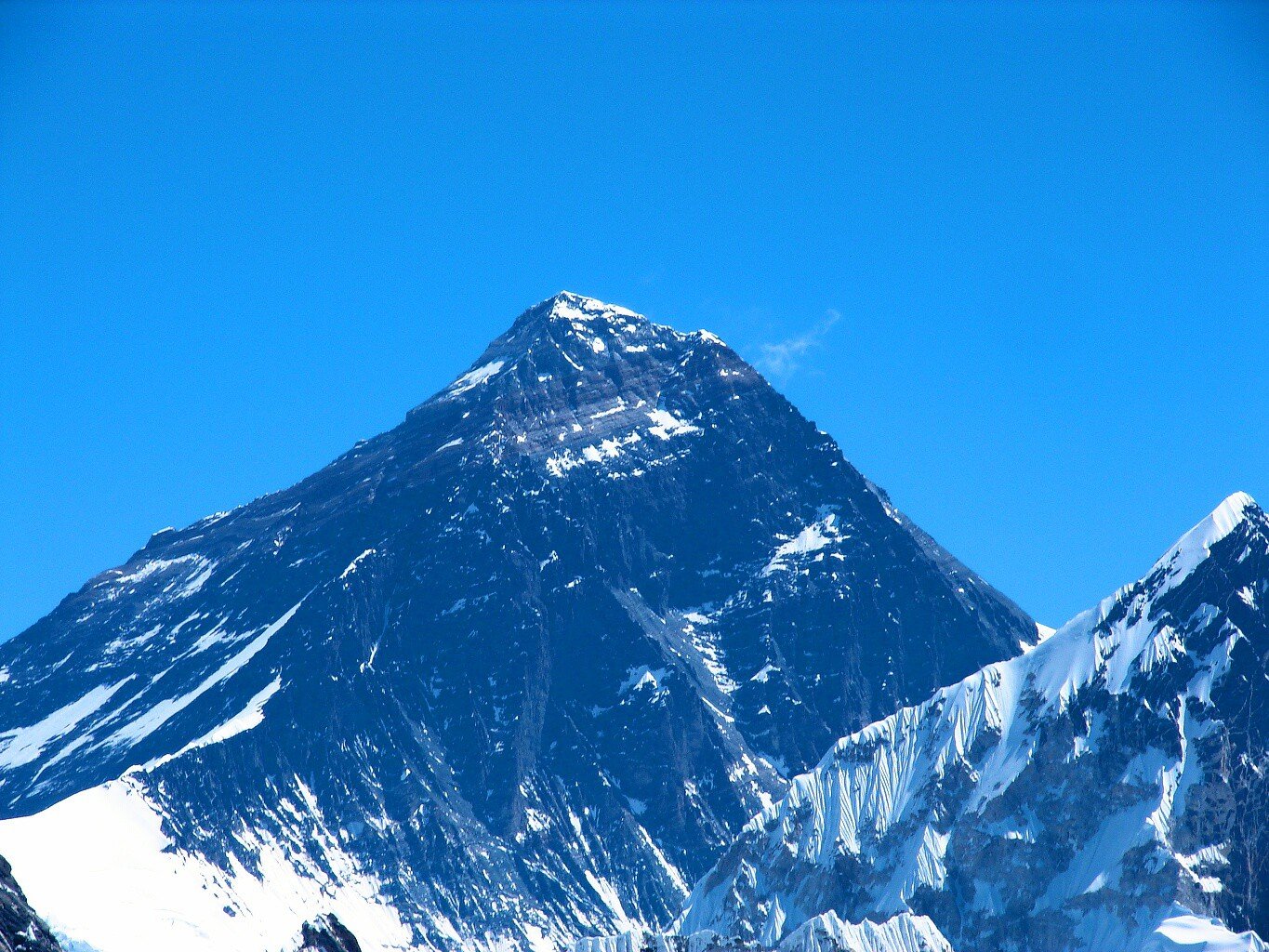
Starting off with the Everest region, we have a mountainous expanse of territory that lies on the northeast part of Nepal. The Everest region is also known as the Khumbu region and is named after the Everest Himalayan Range that is situated here. The region is a part of the Solukhumbu district and the entire territory is revered as a prime Sherpa settlement of Nepal. The elevations of the region range from 3,300 meters all the way to the summit of Mount Everest at 8,848 meters. With notable mountain villages and towns like Namche Bazaar, Tengboche, Khumjung, Dingboche, Phakding and Lukla, Khumbu is rich in its unique showcase of Sherpa customs and traditions. Legendary mountain climbers, Sherpa people are famed for their abilities in climbing Himalayas and their agility in the mountains, and most of the Sherpas who are into the tourism industry tend to be from Khumbu. The region is also diverse in terms of land topography; the Sagarmatha Nationals Park- a Natural World Heritage Site, also encompasses a large portion of the region. The lowlands of the region of Everest is the abode of the national park and its alpine woods and forests while the higher elevations are covered in wide open acreages of snow, glaciers and Icefalls. Here are the top three trekking journeys among the Everest and Annapurna region treks taking place in the Khumbu-
The Everest Base Camp Trek
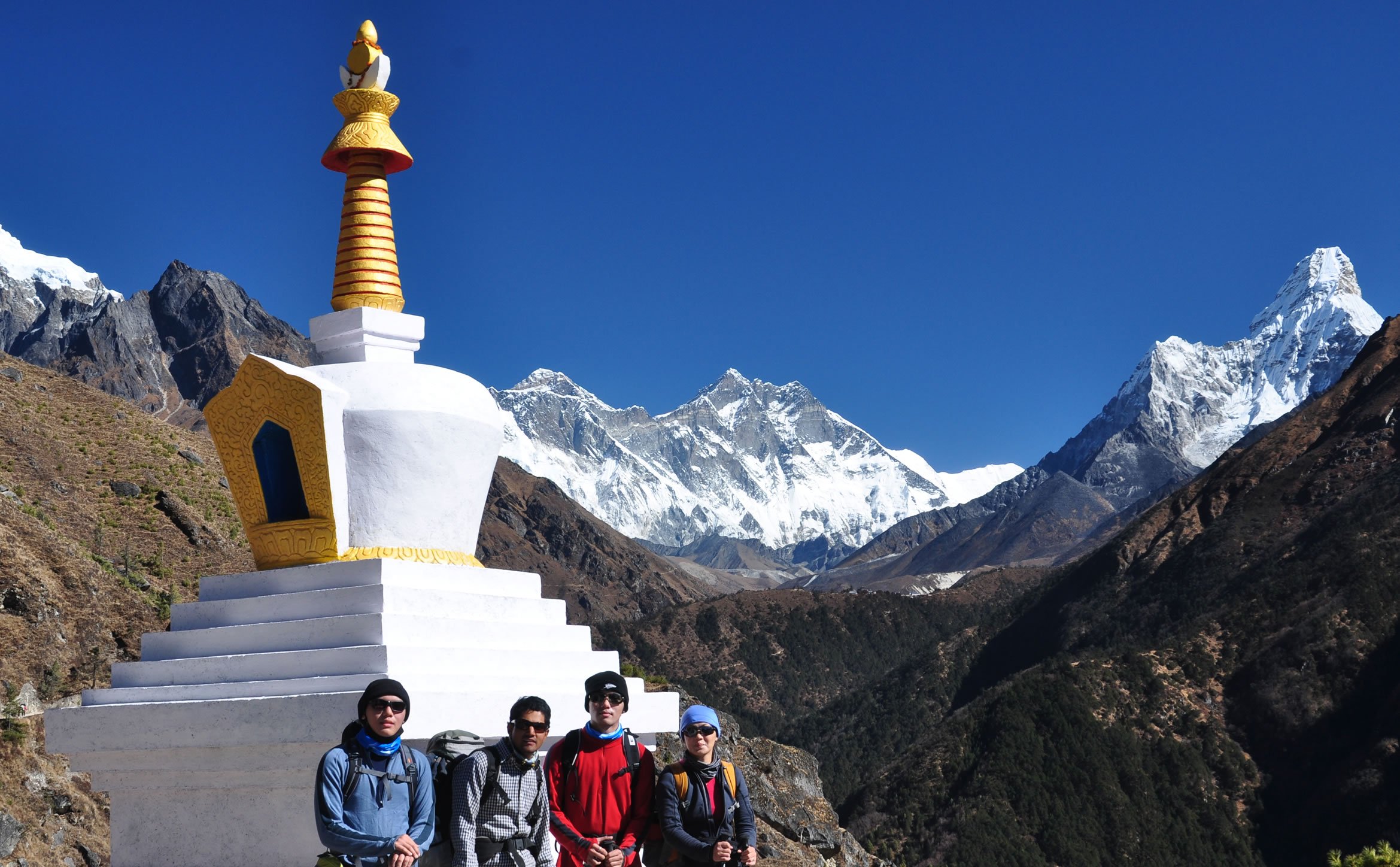
The Everest Base Camp Trek is the most famous trekking journey on the planet. It has made its way into the bucket-list of many trekking and travel enthusiasts from all around the globe and is a significant contributor in the Everest region’s fame. The base camp trek to the world’s tallest mountain peak has been gaining a rapidly steady rise in popularity ever since the summit of Mount Everest was first conquered by Sir Edmund Hillary and Tenzing Norgay Sherpa in 1953 and the commercialization of trekking journeys. It usually starts off with a flight from the capital to the Lukla Airport. The flight journey takes about 30 to 40 minutes of duration and is considered quite dramatic. The Lukla flight is also the quickest way to travel to the region; the other is through a hike through the towns of Phaplu and Jiri which takes a week of travel duration. From Lukla, the trekking trail go through famous mountain villages like Phakding, Monjo, Namche Bazaar, Tengboche, Dingboche, Gorakshep and finally to the base camp. This journey lasts for about two weeks, but of course the duration can be varied according to the trekker’s preference. Highlights of the Everest Base Camp Trek include Kalapatthar- the famous vantage point of the region that offers magnificent panoramic views of the entire Mount Everest massif, the holy Tengboche monastery- the largest Buddhist monastery in the region, the Sagarmatha National Park- the country’s first national park to be inscribed into the Natural World Heritage Site status in 1979, the Khumbu Glacier- the highest located glacier in the world, the Everest View Hotel- the hotel holding the record of the highest situated commercial hotel on Earth, mountain villages like Dingboche- the “summer valley” and Namche Bazaar- also called “the gateway to the High Himalayas”. The trekking journey to the base camp is also in a constant company of the region’s many mountain peaks like the Ama Dablam, Changtse, Lhotse, Nuptse, Thamserku, the Kongdi RI and the Kusum Kangraru among many others. The change in the terrain is also quite fascinating as the path goes through the woodlands of the Sagarmatha National Park from Monjo further on out and trekkers can experience the region’s animals that reside in the park, like Snow Leopards and the Musk Deer. The trails become more beautiful ahead at Tengboche because of the village’s rhododendron trees that cover the village’s ridges and the beautiful presence of residing Impeyan Pheasants in the woods surrounding it. Not only that, the journey goes along Gorakshep as well, it is the final location before the base camp which is a small settlement that sits at the very edge of the rising 5,164 meter elevation. This settlement is named after a frozen lakebed that is covered in snow and sand in the region. The Everest Base Camp Trek presents one of the most profound senses of accomplishments to its trekkers. Standing at the base camp, which is often decorated with colorful tents and prayer flags, at the foot of the highest mountain in the world really pours huge dollops of pride on its trekkers who experience this feeling in waves. The journey here is also of self-discovery and coming out of one’s comfort zones. It can be done by both novice and experienced trekkers at all times of the year, although the preferred and recommended time for the trek would be the spring (March to May) and the autumn (September to December) seasons.
The Everest Gokyo Lake Trek
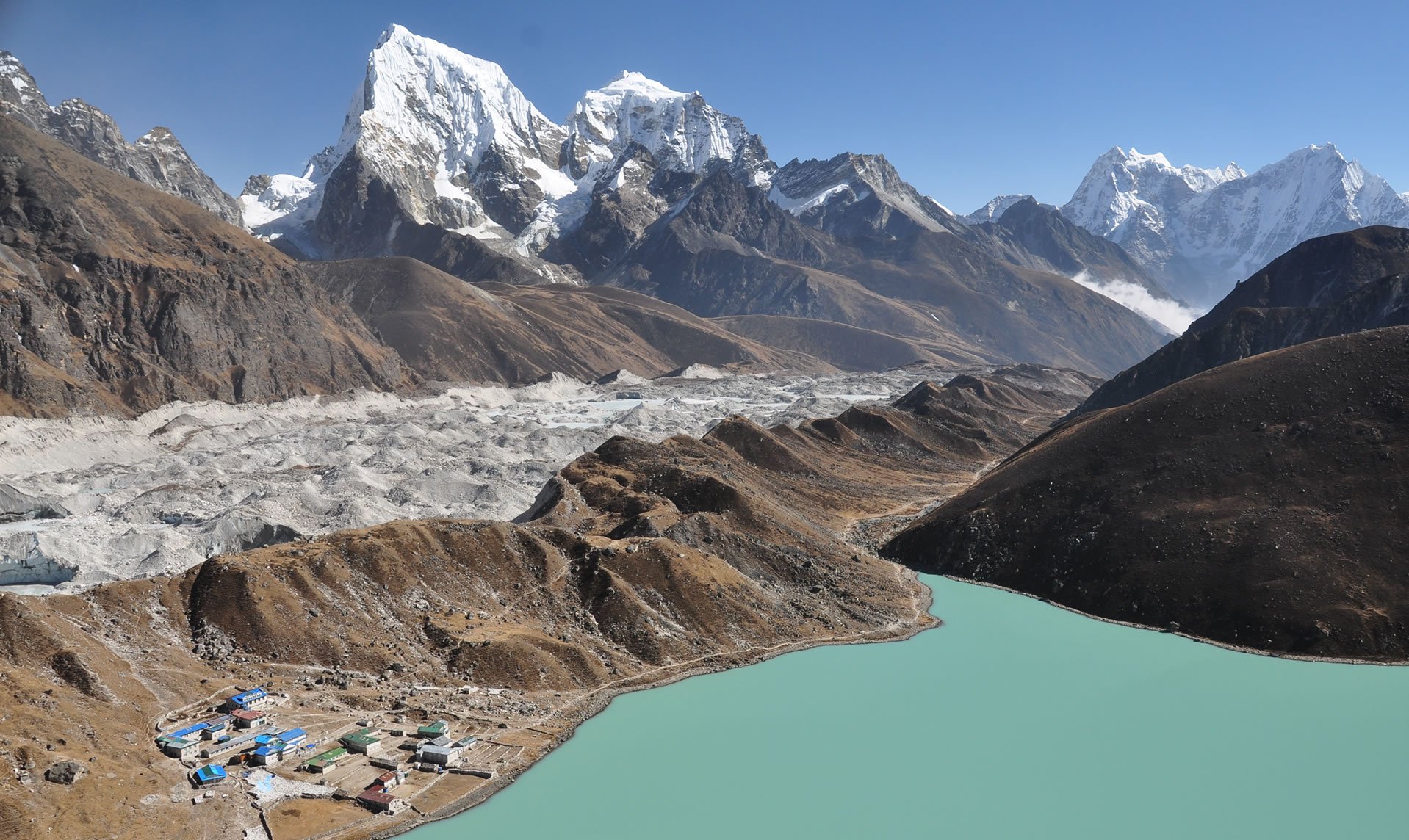
The Everest Gokyo Lake Trek, for the initial part of the journey, is like the Base Camp Trek. The trekking trail of the Gokyo Lake Trek also usually starts with a flight to Lukla and follows the trail through the villages up till Namche Bazaar, which is where it converges. The trekking trails instead go through the villages of Dole and Machhermo to reach the sapphire Gokyo Lake and the Himal of Gokyo RI. The duration of the trek also lasts for about two weeks. Some trekkers have put forth the idea that the Gokyo Lake Trek is even more beautiful than the Everest Base Camp Trek. Highlights of this journey include the Sagarmatha National Park, the famed mountain town of Namche Bazaar, traversing through the river valleys of Imja and the Dudh Koshi and the Imja Khola and the Dudh Koshi Rivers themselves (which are also incorporated in the Everest Base Camp Trek), the villages of Dole- a Cliffside Himalayan residence of the region’s Sherpas that is reached by climbing stone stairs that hang off the mountain’s edge and Machhermo- a small Khumbu village lying just below the terminal moraine of the Ngozumpa Glacier, the longest glacier in the Himalayas, and of course- the holy Gokyo Lakes and the Gokyo RI. The Gokyo Lakes are located at an altitude of 4,700 to 5,000 meters in the Himalayas are comprised of six main lakebeds. The lakes are fed by various sources like the seepage from the Ngozumpa Glacier, and streams from the Renjo La Pass. This lake system of Gokyo is considered holy and is held as sacred by the Hindu and the Buddhist people. Every year, the Gokyo Lakes are visited by hundreds of pilgrims during the celebration of the Janai Purnima festival in the country. The lakes are also considered as the resting abode of the Nagas- the Snake Gods by the Hindu people. The Gokyo RI Mountain on the other hand, is considered as the trekker’s “Other Everest”. From its summit, 5,360 meters above sea level, panoramic view of the four of the six highest mountains in the world can be seen- Mount Everest, Lhotse, Mount Makalu and the Cho Oyu Himal. For this, the Gokyo RI is also referred to as “the best accessible viewpoint in the Himalayas”, an alternative to Kalapatthar. The trekking journey is decorated with rhododendron flowers and the decorticating barks of birch and pine trees. It is also a moderate trekking journey that can be done as a great alternate to the base camp trek. Spring and autumn are the best seasons for this journey, but unlike the base camp trek which can be done even in the winter (although it isn’t generally recommended), the Gokyo Lake Trek isn’t worthwhile to do during winters because the lakes tend to be frozen.
The Everest High Passes Trek
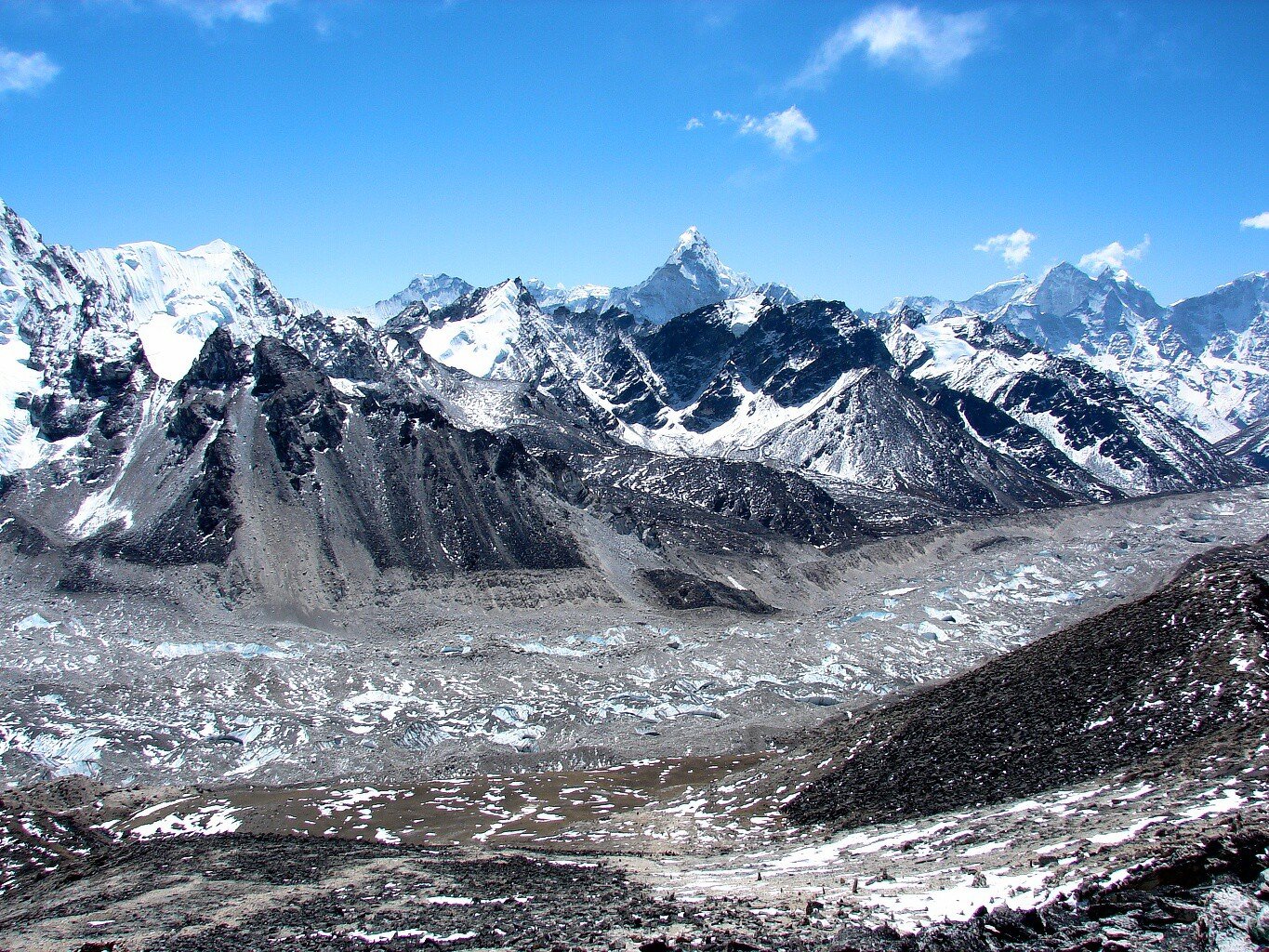
The Everest High Passes Trek, among all the Everest and Annapurna region treks in the Khumbu, is one of the strenuous trekking journeys that has the incorporation of three High Mountain Passes. During this journey, three major high Mountain Passes of the Kongma La, the Cho La and the Renjo La are crossed in one go spanning in duration of three weeks. It starts with similar trekking routes as the Everest Base Camp and the Everest Gokyo Lake Treks in its initial stage, but diverts after the village of Dingboche with the path trailing towards villages and mountain valleys like Chhukung, Lobuche, Dzongla, Dragnak/Thangna, Lunden and Thame. The journey also includes the Everest Base Camp itself, as well as the Gokyo Lakes. It is a long difficult trek that requires good stamina and endurance capacity. The highlights of this journey include the three main High Mountain Passes, the base camp of Everest, the holy lakes of Gokyo, the Chhukung RI, Kalapatthar, far-off isolated villages of the Khumbu and the Gokyo RI Himal. The first Mountain Pass of the journey is the Kongma La- a mountain pass situated at an altitude of 5,535 meters in the Himalayas. The path to this pass has a number of routes- it can be reached either by climbing over the hill northwest of Chhukung over the Nuptse Glacier moraine or through the valley of Bibre that follows the Niyang Khola. Views of the Island Peak, the Amphu Lapcha, and the frozen icy glacial lakes below are quite spectacular from the Pass. During the spring, the frozen lakes tend to shift large bubbles and crackle under the sun. Lots of cairns with prayer flags also line the smooth trail. The Cho La Pass is reached after going through Gorakshep and Dzongla. The Cho La Pass is located at 5,420 meters and connects the villages of Dzongla and Thangna. It furthers out towards the Gokyo Lakes and requires a careful hike across the slippery glacier of the Ngozumpa. Finally, the last High Mountain Pass of the journey is the Renjo La Pass. It is situated at an elevation of 5,340 meters and the Mountain Pass’s landscape bears semblance to the Tibetan Plateaus. Often, trekkers can meet Tibetan traders here who descend from the Nangpa La Pass from Tibet with caravans of yaks laden with goods and trinkets. The best months for the Everest High Passes Trek are from April to May in the spring and September to November in autumn. The Winter season is not recommended at all because the passes tend to be blocked by heavy snow and ice.
The Annapurna Region
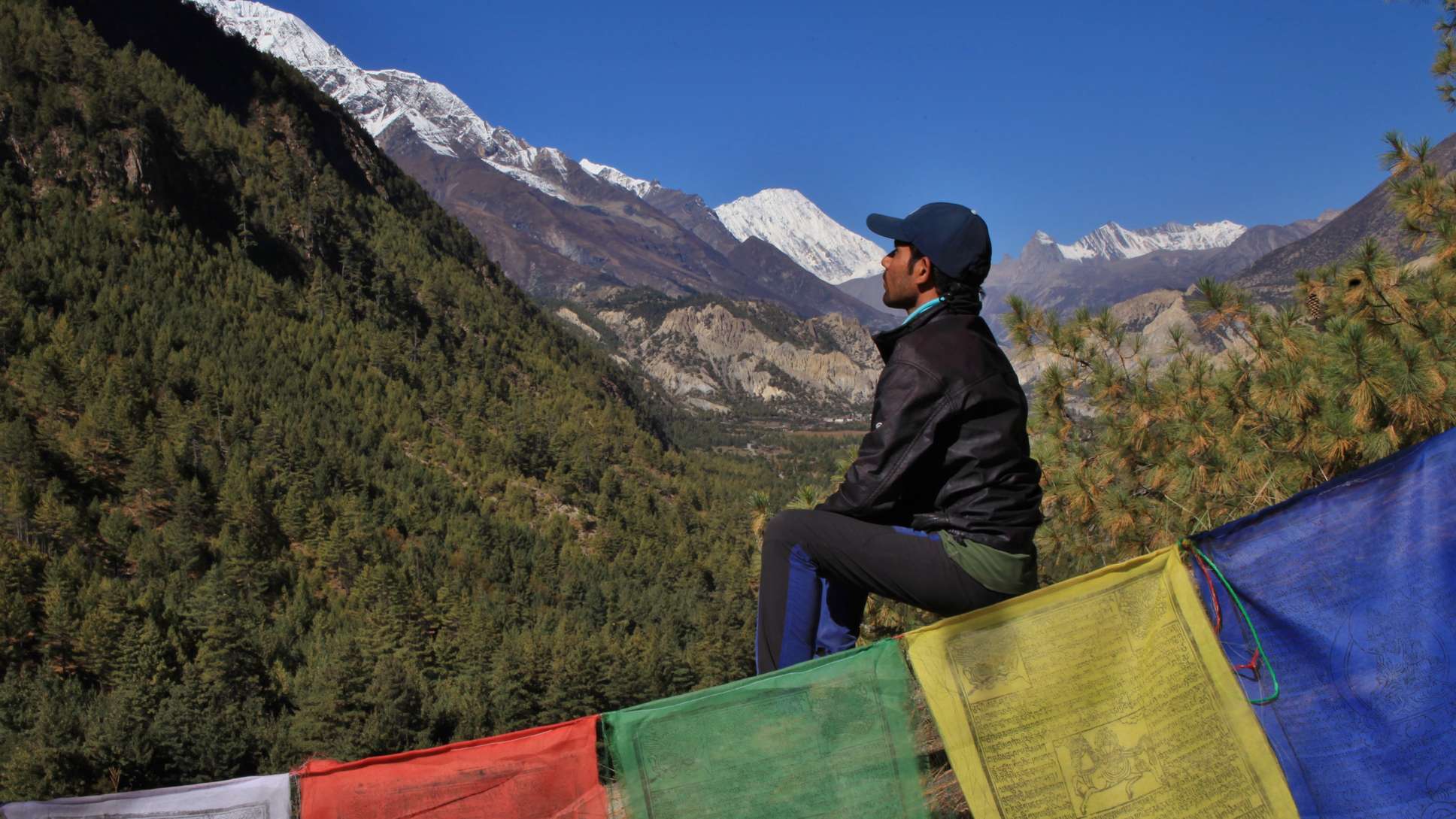
The Annapurna region stands on equal footing with the Everest region when it comes to popularity. It lies in north-central Nepal and is named after its namesake, the Annapurna Himalayan range. About two-thirds of all trekkers in Nepal tend to visit the Annapurna region. Its massif contains one peak over 8,000 meters, thirteen peaks over 7,000 meters and sixteen more over 6,000 meters, including the Annapurna I Main- the 10th highest mountain in the world. A very large and a vast majority of the region is under the protection of the Annapurna Conservation Area- the largest protected area in Nepal. Most of the trekking journeys in the region fall under the Conservation Area. As such, three major trekking routes take place in the region- the Jomsom Trek, the Annapurna Sanctuary Trek (also called the Annapurna Base Camp Trek) and the Circuit Trek. Most of the trekking journeys to the Annapurna Himalayas start from Pokhara- the lake side city. Pokhara is also referred as the adventure capital of Nepal and is blessed with many natural features like the Phewa and the Begnas Lakes and close proximity with the Annapurna mountains. The region of Annapurna is home to a large majority of ethnic Magar and Gurung population of the country. It is riddled with beautiful terrains and mesmerizing landscapes dotted with jaded hills, farmlands, pastures, white rivers, alpine forests, deep gorges and cerulean Himalayas. Due to the region’s easy accessibility and comfortable landscape, it is one of the most preferred trekking destinations for easy hikes suitable for people of all ages and experiences. Let’s have a look at the Annapurna region’s best top three trekking journeys-
The Annapurna Base Camp Trek
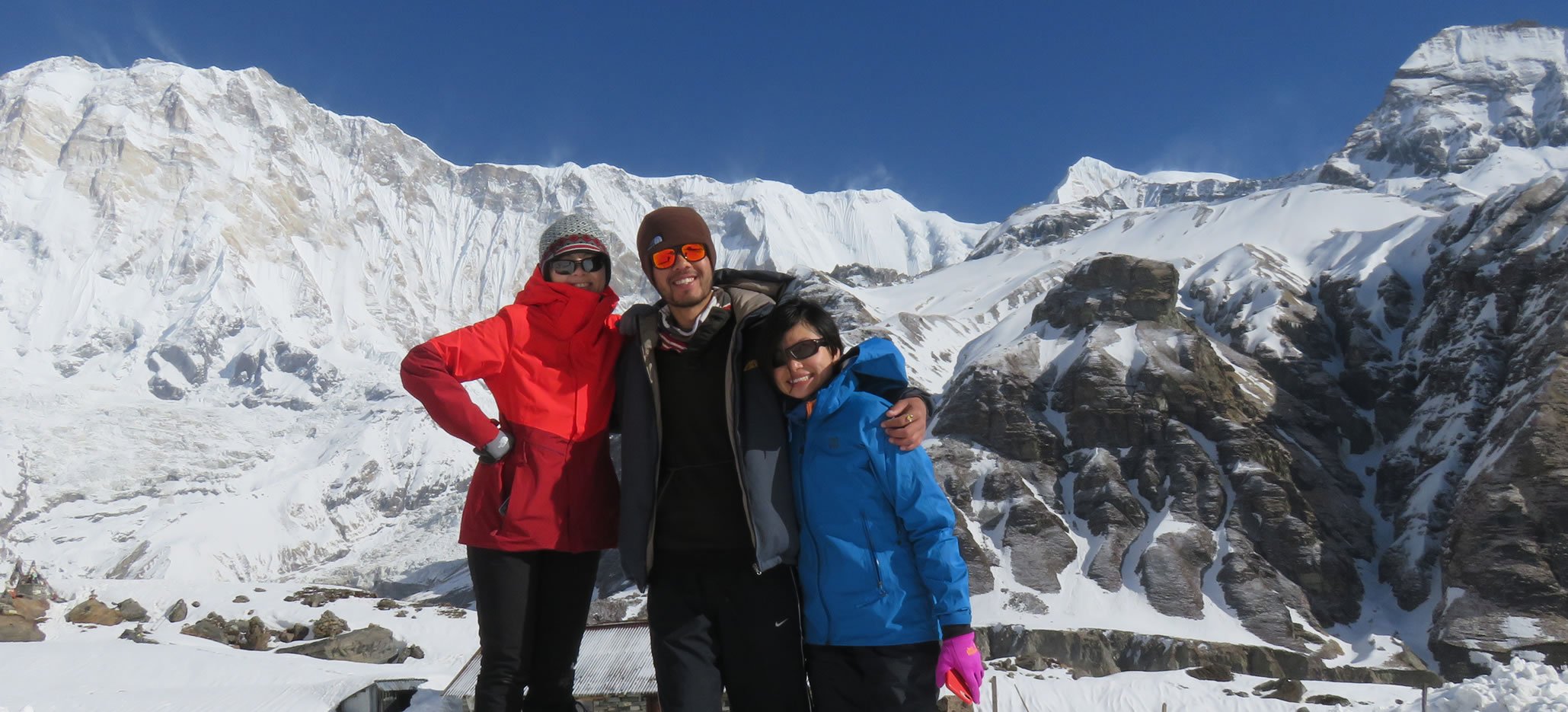
The Annapurna Base Camp Trek is a popular trekking journey that incorporates many of the region’s best aspects and features. It usually starts with a drive to Pokhara from the capital and involves various ethnic villages like Tikhe Dhunga, Ghorepani, Dovan and Deurali. It usually lasts for about two weeks and includes highlights like the base camp of Mount Annapurna, the popular vantage point of Poon Hill, the Annapurna sanctuary, the natural Hot Spring at Jhinu Danda, and of course the mountains like Machhapuchhre, Dhaulagiri, and the Annapurna massif. The villages along the way to the base camp of Mount Annapurna are occupied by ethnic mountain people and the trek offers a great way to experience Nepal’s diverse multi-culture attributes. The trekking trails of this journey also go through amazing landscapes that are like paintings done on wide-open canvases. The rhododendron trees and azalea flowers line the trekking trails and terrace farms with many tiers brimming with rice and mustard plantations can be seen. The panoramic view of the entire Annapurna mountain massif seen from the vantage point at Poon Hill is a wonderful experience. Trekkers wake up early at dawn and hike to Poon Hill from Ghorepani to witness the sunrise from amidst the mountain peaks. The rays of the sun sweep across the mountains and change their colors from silver to gold. Since the trekking trail also goes through the Annapurna Sanctuary, it is also called the Annapurna Sanctuary Trek. The sanctuary is a sacred protected area of the region that holds much importance to the local ethnic people. It is also the abode of many endangered species of plants and animals of the region like the Red Panda, Himalayan Thars and Langur Monkeys. The best time for the Annapurna Base Camp Trek is the seasons of spring and autumn much like the Everest region treks, but trekking can be done at any time of the year throughout.
The Annapurna Circuit with Tilicho Lake Trek
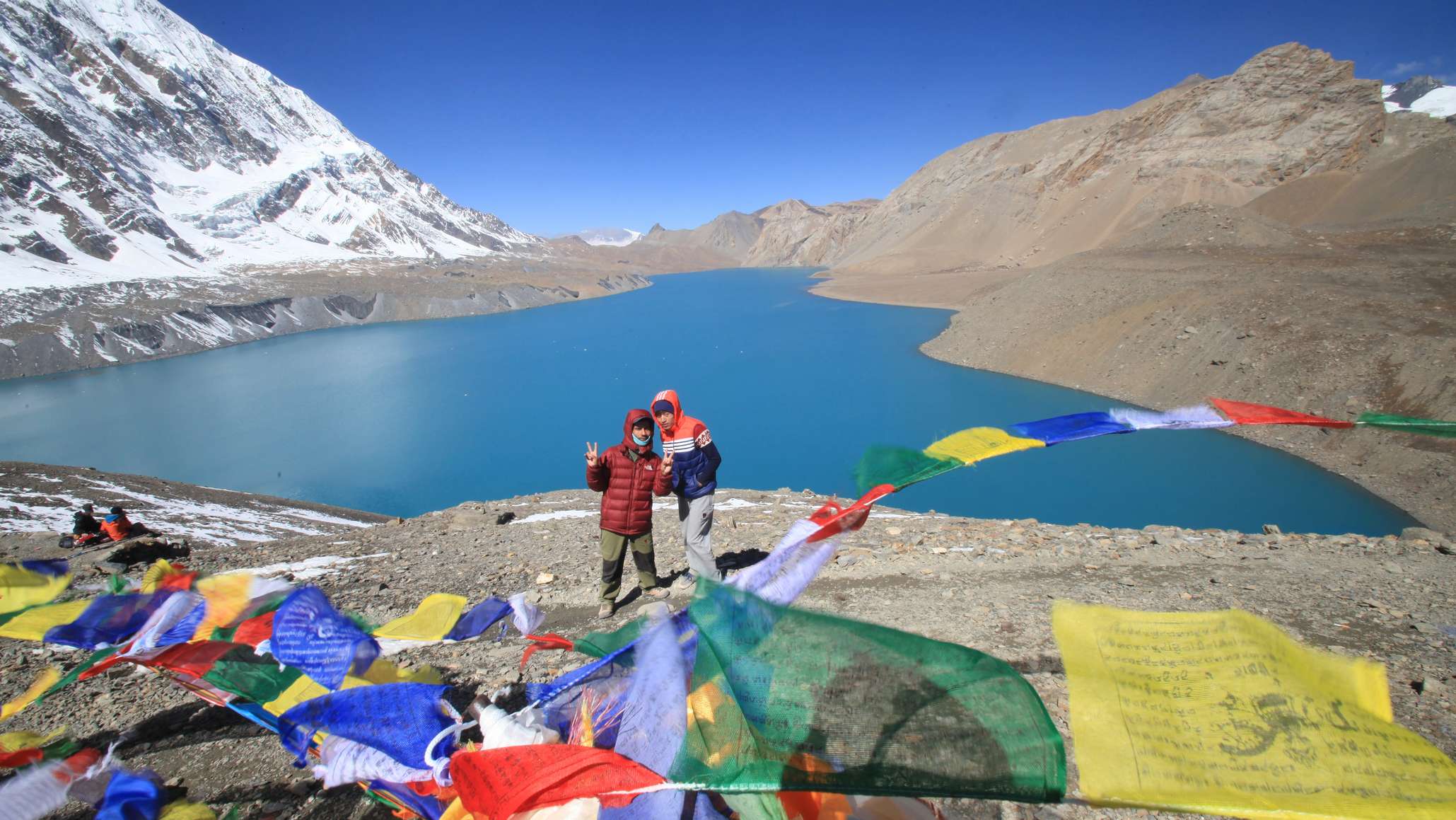
As the name itself explains, the Annapurna Circuit with Tilicho Lake Trek encompasses a circumambulation of the Annapurna Himal and the Tilicho Lake in its journey. Unlike the common commencement point of Pokhara, the journey starts with a drive from Kathmandu to the village of Synge/Jagat and has trails that further outs to villages like Chame, Bagarchhap, Chamje, Pisang, Manang, and Siri Kharka. Highlights of this trek include the famous Tilicho Lake- the highest located lake in the world, Manang- a mountain town lying at an elevation of 3,519 meters, Muktinath- the sacred holy temple of the Hindu and the Buddhist people, and many ethnic villages that offer rich opulence in both culture and Himalayan views. It is relatively a strenuous trek that lasts for two weeks and lets trekkers experience new and far-flung settlements of the Annapurna region. The trekking trail goes through a changing terrain throughout the entirety of its journey, starting with greener pasturelands and changing to snowy acreages and terrains that resemble the Tibetan plateau. The Tilicho Lake is reached by going through the village of Siri Khadka and offers a serene natural picture while trekking. Grazing Yaks and deer can be seen as one trudges through the villages and arriving at the lake for the first time always manages to take its visitors by surprise because of how contrasting it is to its surrounding. The lake of Tilicho is located at the north face of the Tilicho peak and is often referred as “the Great Lake of Blue Ice”. It is held sacred by the Hindu people and the lake has mentions of it in the Hindu epic of Ramayana. The town of Jomsom and Muktinath are also included in the trekking journey. It ends at the city of Pokhara. Because of its strenuous nature, good physical endurance capacity is needed for this trek.
The Khopra Ridge Trek
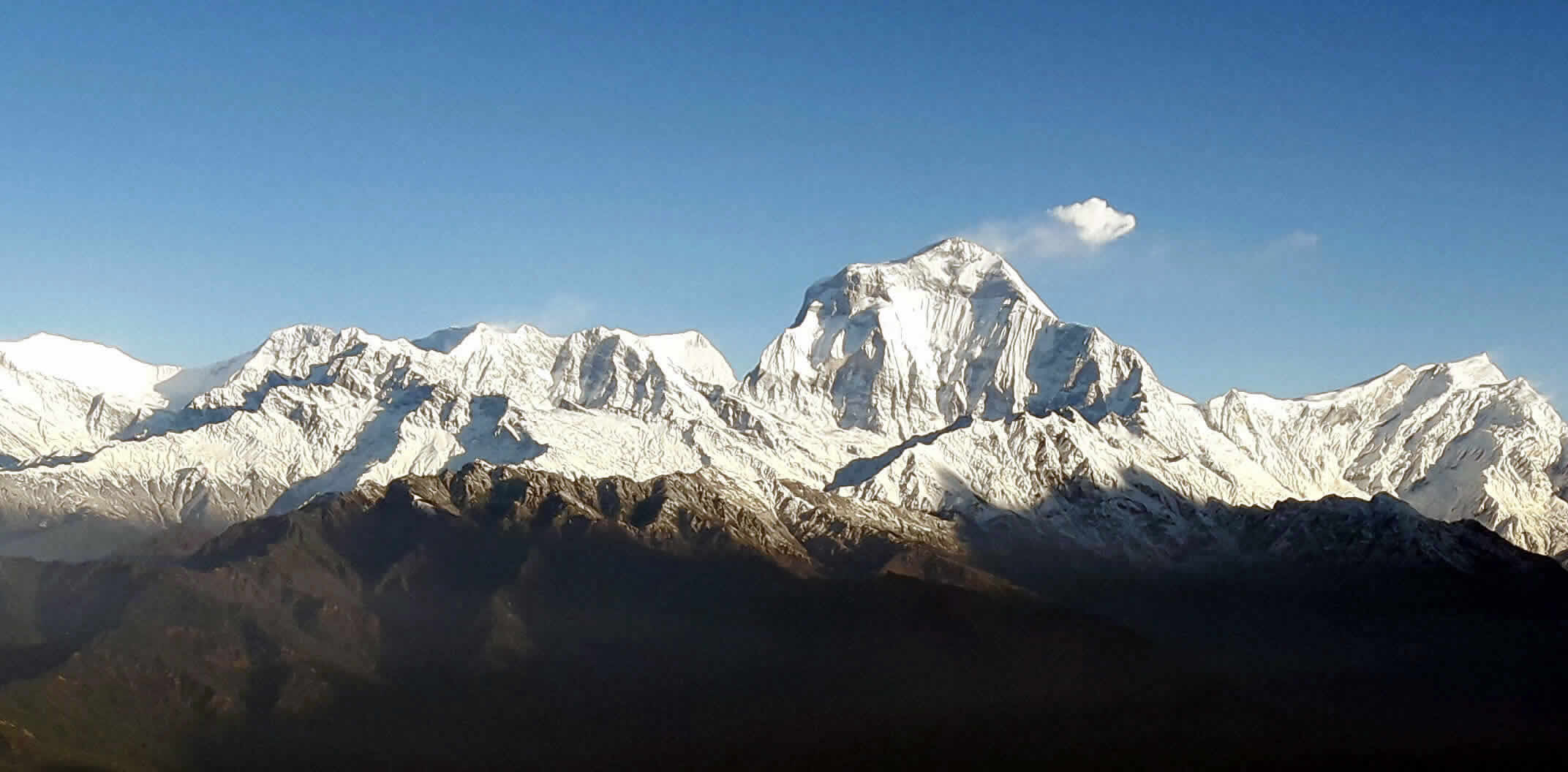
Among the Everest and Annapurna region treks, the Khopra Ridge Trek is relatively an off-the-beaten-paths trek of the Annapurna region. It is less visited by trekkers and therefore is less crowded and more conventional. Starting the trek from the city of Pokhara, the Khopra Ridge Trek goes through the villages of Ghandruk, Tadapani, Beyarka Kharka, Chistibung, the Swanta village and Ulleri. Highlights of the trek include the Khopra Ridge- a ridge in the mountains that offers panoramic views of the Annapurna Himals and the Kali Gandaki Gorge and the Kaire Lake- a sapphire lake lying at the crevasse of the Annapurna hills. Because it is relatively obscure, the villages and the terrains are much more unsullied and remain true to their traditional nature. The indigenous mountain people can be seen going about their day in the mountains and some have even said that the panorama of the Annapurna Mountains from Khopra Ridge is even more beautiful than that from Poon Hill. It is a two weeks trek ideal for people who want to take alternate trekking routes in the region for a less-crowded experience.
The Annapurna region is also famous for short trekking journeys like Ghorepani Poon Hill Trekking and the Annapurna Panorama Treks. The duration of the short treks are suited for people who have less time to spend here but still want to experience the region’s gorgeous traits.
Nepal has many more trekking journeys that expanse all over the country. The Everest and Annapurna region treks happen to be more famous than others, but that isn’t to say that other trekking destinations do not offer as good an experience as the ones mentioned here. In fact, destinations like Mustang, Langtang and Manaslu offer even more exotic and unique trekking experiences. But as a whole, Nepal is truly one of the best places for a trekking vacation or even leisurely holiday with the whole family!


